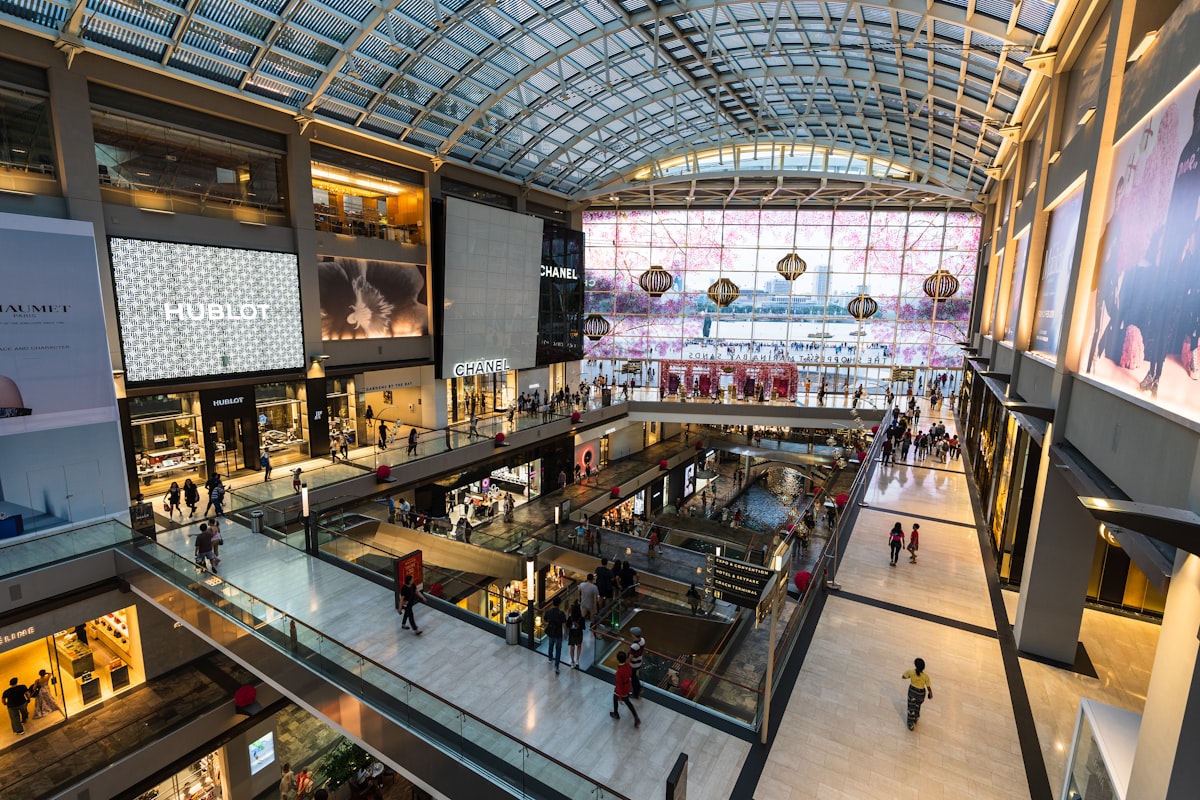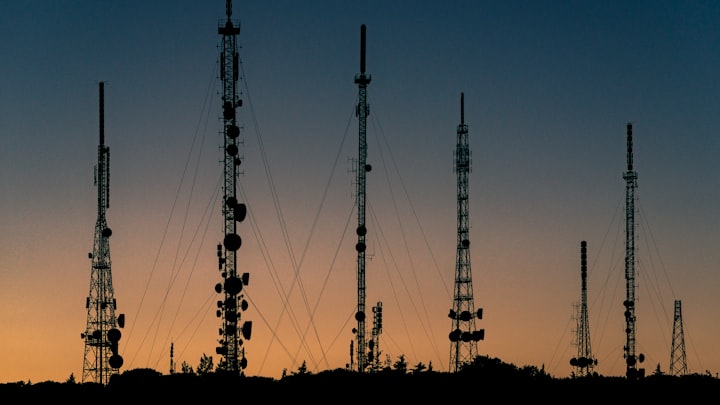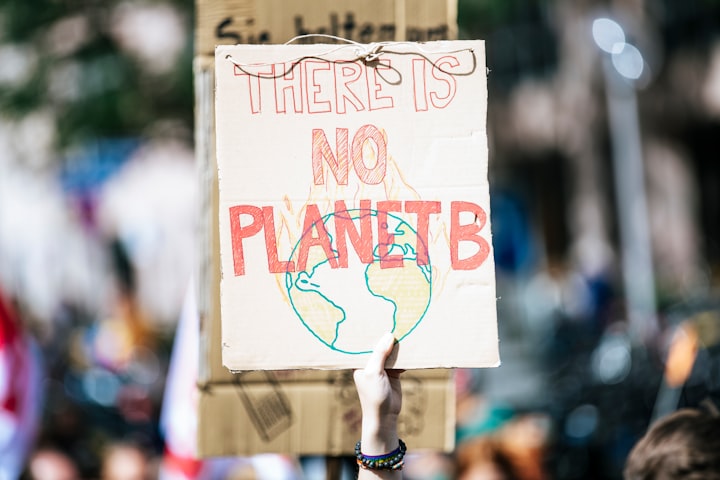Scope 3 Emissions in the Retail Sector: An Expert's Insight into Supplier Dynamics Amidst Evolving Consumer and Regulatory Pressures

The retail sector, a cornerstone of the global economy, is undergoing a profound transformation in the face of the sustainability imperative. As the bridge between producers and consumers, retailers are uniquely positioned to influence both upstream and downstream emissions. This article offers a deep dive for sustainability professionals, exploring the intricate dynamics of supplier relationships, evolving consumer expectations, and the multifaceted regulatory environment.
1. Dissecting the Scope 3 Conundrum in Retail:
The retail sector's Scope 3 emissions span a broad spectrum:
- Product Sourcing: Emissions arising from the production of goods that retailers sell, encompassing everything from apparel to electronics.
- Logistics and Distribution: The carbon footprint associated with transporting goods from manufacturers to warehouses and then to retail outlets.
- Building Operations: Emissions from heating, cooling, and powering retail spaces.
- End-of-life: The emissions resulting from the disposal or recycling of unsold goods and packaging materials.
2. Supplier Dynamics: The Need for Collaborative Transformation:
Retailers' relationships with their suppliers are pivotal in the sustainability journey:
- Sustainable Procurement: Prioritizing suppliers who adhere to sustainable practices, from raw material sourcing to production.
- Supply Chain Transparency: Implementing technologies like blockchain to trace and verify the sustainability credentials of products.
- Capacity Building: Collaborating with suppliers to enhance their sustainability capabilities, ensuring a green supply chain.



